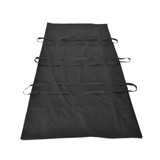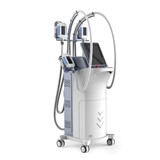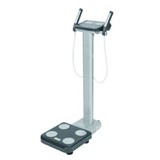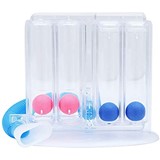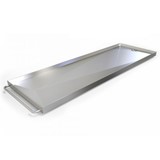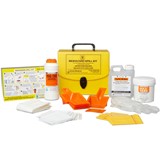It's as wide as a human hair and weighs as much as a grain of salt, but the tiny motor is so powerful it can save lives.
Aneurism patients will also benefit from the micromotor and doctors hope it may also be used in other areas of the body including the heart and kidneys.
Royal Melbourne Institute of Technology (RMIT) professors James Friend and Leslie Yeo, together with Associate Professor Bernard Yan from The Royal Melbourne Hospital, developed the micromotor, or actuator, to improve inferior surgical methods currently being used to manage stroke and cerebral aneurysms.
Friend says other techniques, including pull-wire schemes, advanced electroactive polymers and magnetic fields, had little success compared to the micromotor.
"These methods are either too risky, need too much time to work, are too large to navigate 0.5mm diameter arteries of the brain, or offer poor control," Friend says.
A voyage through vessels
"The first step in solving the problem was to develop a motor small enough to pass through the vessels and that had sufficient torque to drive itself and the catheter along."
The team worked on the motor for more than six years at the Melbourne Centre for Nanofabrication. News of the neurointervention innovation was published by the American Institute of Physics.
Although it is invisible to the naked eye, the innovative device has the equivalent power of a small kitchen appliance.
With a rotatable tip, flexible design and a power gentle enough not to rupture blood vessels, the micromotor provides an accurate method of artery navigation.
It is particularly useful for doctors treating elderly patients who commonly have weakened and twisted blood vessels.
Most importantly, the device works quickly for surgeons racing against time to save patients suffering blocked brain arteries.
Friend expects the micromotor to be in the hands of surgeons in five to 10 years.
The beginning of a revolution for minimal-invasive surgery
He hopes it will be among the first wave of nanoscale devices set to revolutionise minimal-invasive surgery.
"Surgically-enabled micro-robotics has only started and is still in its infancy," Friend says.
"If you look at what surgeons use now as their tools, it's not much different to what they used back in the 15th century when surgery really got its start.
"It's a testament to surgeons' ability to make use of crude tools - scissors, knives, tweezers - that are not that much different to what we would have in the kitchen cabinet."
Friend describes the time between proven research outcomes and commercial actualisation as "deeply frustrating".
"I often wonder about all of the things surgeons could really do if they had tools at their disposal that were equal to their abilities," he says.
RMIT experts are now using micromotor technology to invent diagnostic tools that examine male infertility.
The power of the motor will be used to propel sperm in viscous fluid so researchers can assess sperm motility.
"Male infertility is a dramatically growing issue and the reason for that is the sperm don't swim properly," Friend says.
"Remarkably no one has ever looked at how sperm swim in the environment they would normally be seen in, in fertilisation."
The technology would also enable fertility specialists to identify functional sperm for IVF procedures.








